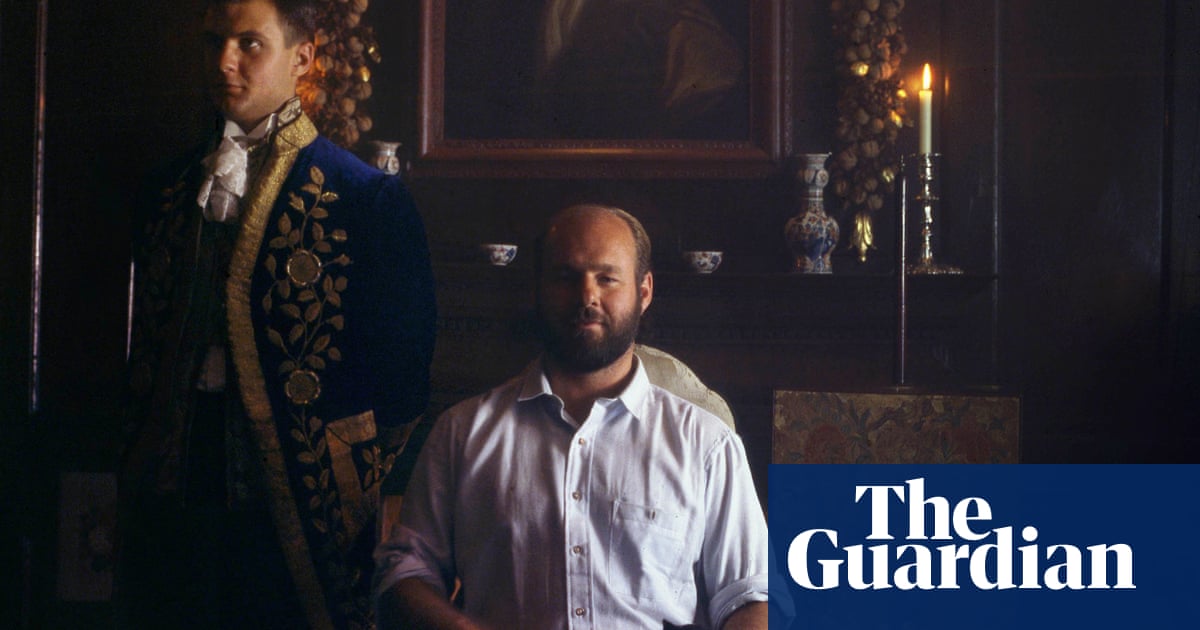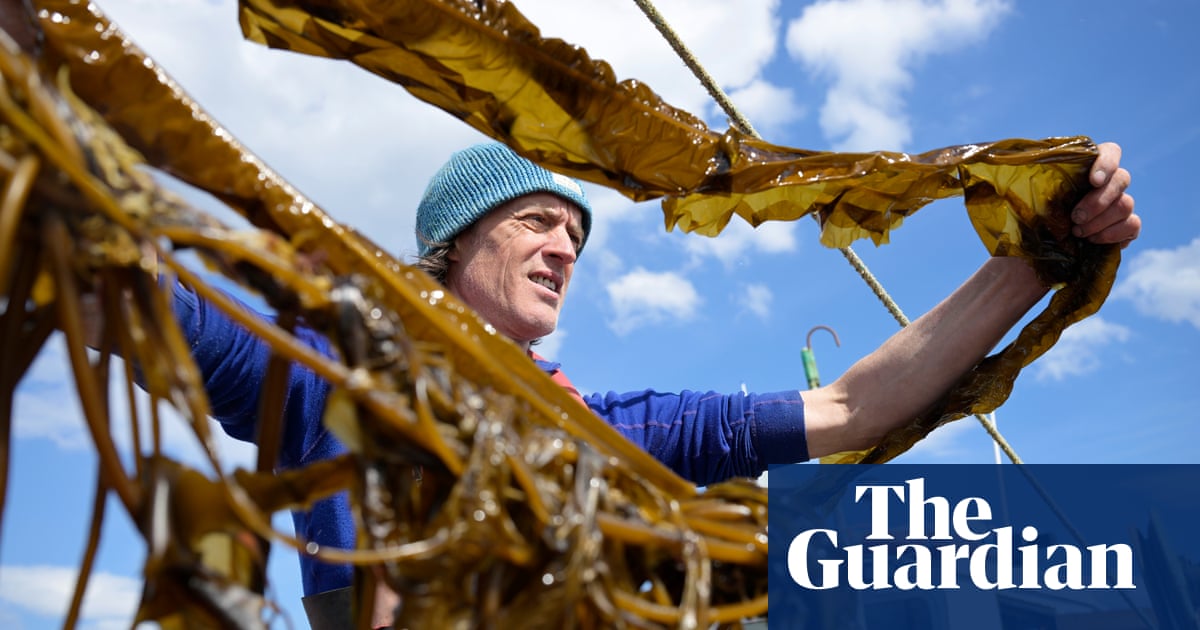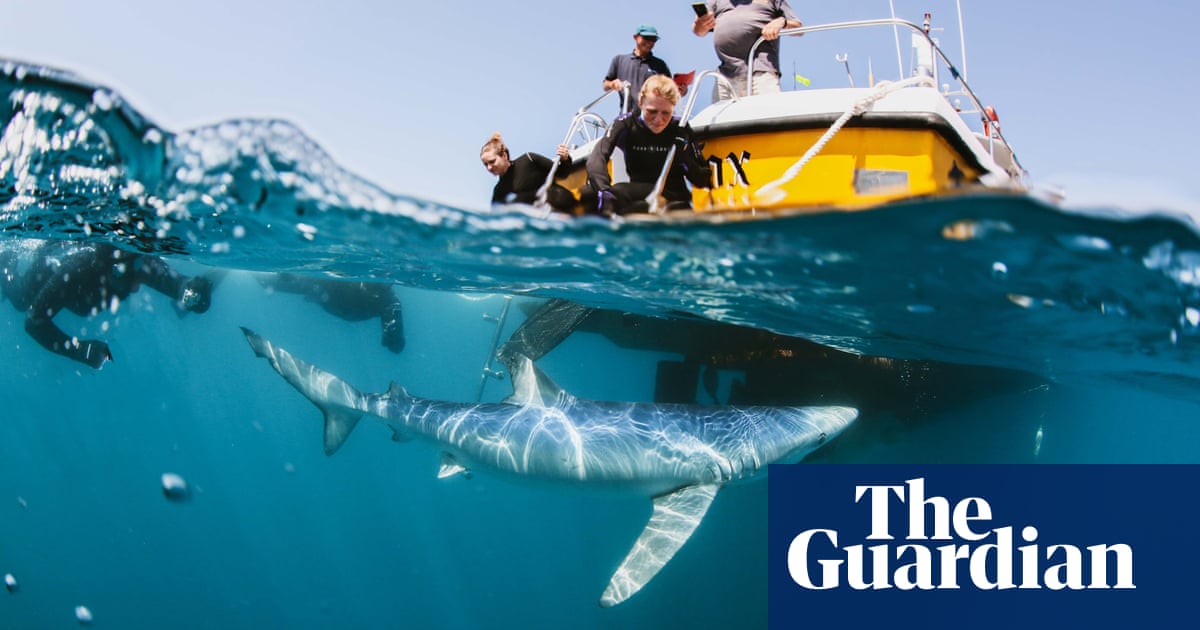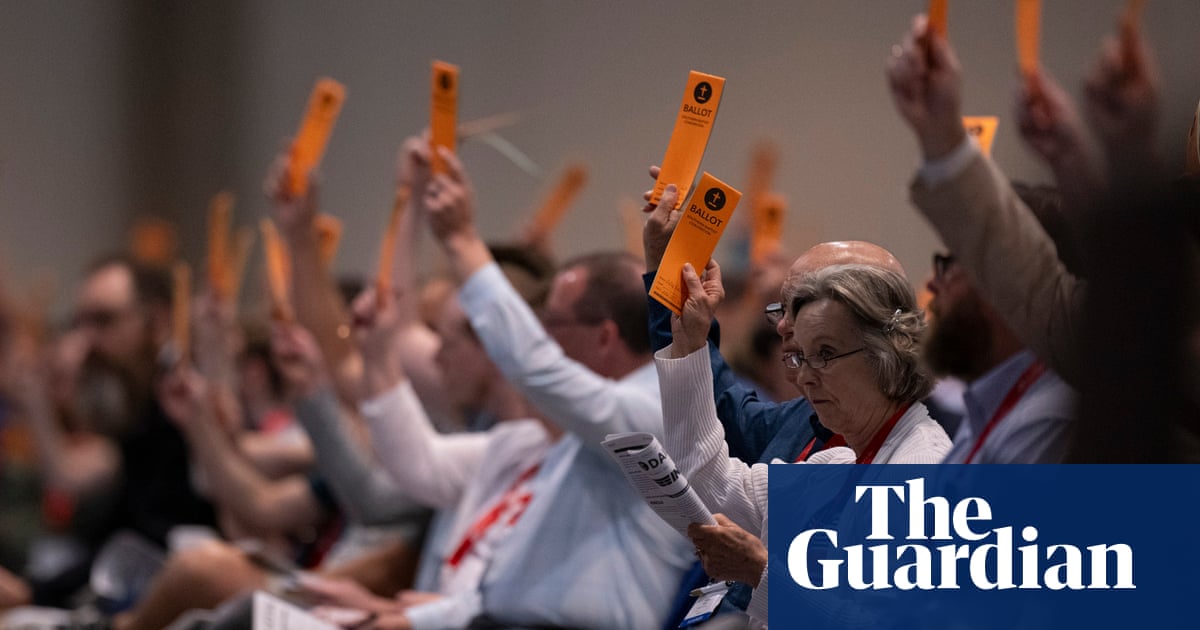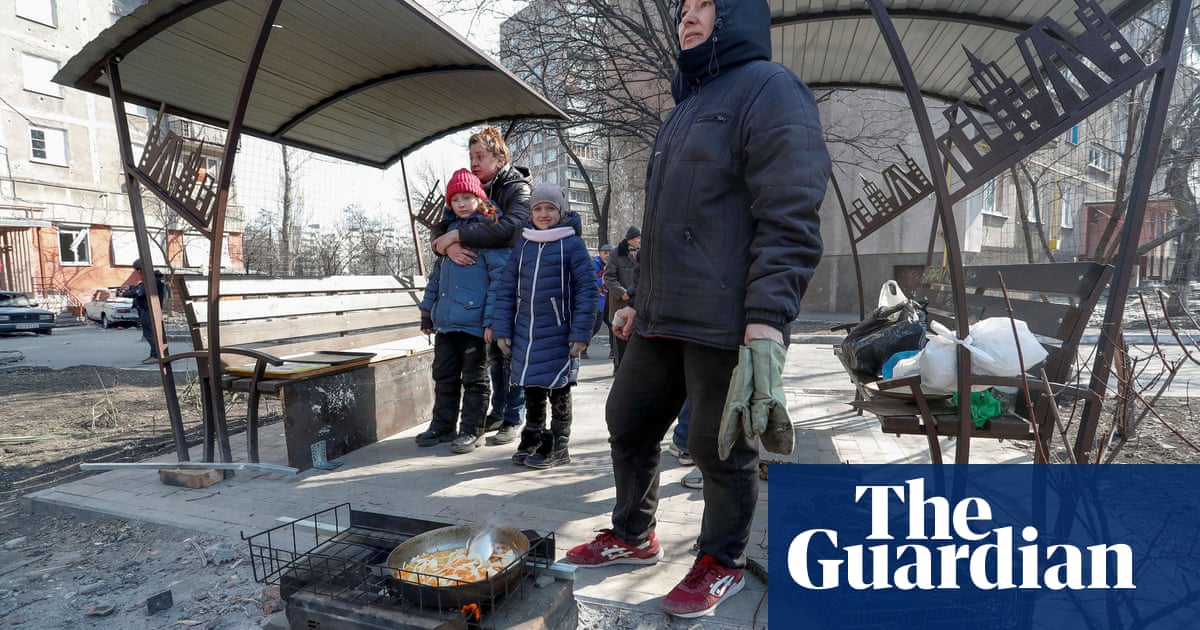How often should you wash your clothes? Doctors donât really know, but the decision is more cultural than medical, anyway. Worried about leaving the house in sweaty shirts or stained shorts, people often chuck clean clothes in the laundry basket after wearing them just once.
But the urge to avoid whiffy garments carries a climate cost that has largely been ignored. New research shows that feelings of disgust and shame encourage excessive clothes washing even among those who care about their carbon footprint.
Swedish scientists surveyed a representative sample of 2,000 people and found that when asked, in effect, to air their dirty laundry, their fear of being seen as unclean overpowered environmental identities.
When it comes to behaviours, âdisgust simply wins outâ, said Erik Klint, a researcher at Chalmers University of Technology, in Gothenburg, Sweden, and lead author of the study. âThe study shows that the higher our sensitivity to disgust, the more we wash, regardless of whether we value our environmental identity highly.â
Klint and his colleague knew from previous research that many people do not link their laundry to the environment, despite washing machines draining energy and water. After seeing that studies to alter habits had mostly failed, the researchers decided to explore the societal dimensions that make people overwash clothes.
They found a high sensitivity to disgust, shame or violations of cleanliness norms was associated with frequent use of washing machines. They found no such effect for environmental beliefs.
The dilemma, the scientists concluded, is that the risk of societal pushback takes priority over abstract intentions such as reducing emissions.
Klint said disgust was an evolutionary trait used as a proxy for potential pathogens. âIn practice this means that people intuitively must weigh an evolutionarily rooted driving force against a moral standpoint.â
Fast fashion has long been under fire from sustainably minded shoppers, but wasteful washing practices have so far escaped much attention. The average European household does four to five loads of laundry a week, and though the frequency of washing has stayed steady for 20 years, the size of the machinesâ drums has grown. The share of devices that could hold 6kg rose from 2% of sales in 2004 to 64% in 2015, according to a report commissioned by the French environment agency.
While there are no hard rules about how often clothes should be washed, clothing manufacturers and fashion blogs generally recommend doing it less frequently â even if just to make the clothes last longer.
About 70% of clothes enter the washing machine with no visible stains, according to a survey commissioned by Unilever as part of a campaign to market a detergent suited to 15-minute wash cycles.
The extreme end of the no-wash movement â such as wearing the same pair of underpants for a week â is unlikely to pass the sniff test for most doctors. But other garments get the go-ahead. Wool jumpers and denim jeans top the list of items that last a long time before warranting a place in the laundry basket. (âSpot cleaningâ â gently pressing a slightly soapy cloth on to a stain â can help spare an otherwise clean piece of clothing an unnecessary spin cycle.)
after newsletter promotion
In one of the only studies that managed to change peopleâs behaviour, said Klint, researchers gave participants âexcuse strategiesâ that addressed their initial fear of social exclusion. But when they stopped washing their clothes so often, they realised nobody noticed. âThereâs a general consensus that people, at least in western countries, tend to wash clothes that others perceive as clean,â said Klint.
The environmental benefits of washing clothes less often are sizeable. A single laundry load of polyester clothes can discharge 700,000 microplastic fibres, according to a report from the European parliamentâs research service.
Leviâs has estimated that consumers are responsible for more than a third of the lifetime climate impact of one pair of its 501 jeans. Washing the jeans after every 10 wears, instead of just a couple as is the norm in the US and UK, cut total water use by three-quarters.
Ian Walker, the head of the psychology school at Swansea University, who was not involved in the Swedish study, said it looked like âa solid piece of research [with] good methodsâ but added that self-reported data on habitual behaviours, such as washing machine use, was ânotoriously problematicâ.
He said the study provided a useful insight into the conflict between the environmental desire to run washing machines less often and feelings of disgust at rewearing clothes. âAt a practical level, the study might help ⦠people find ways better to reconcile these contrary desires, perhaps through messaging about how normal it is to rewear things, or about how little dirt or germs clothes typically pick up.â

